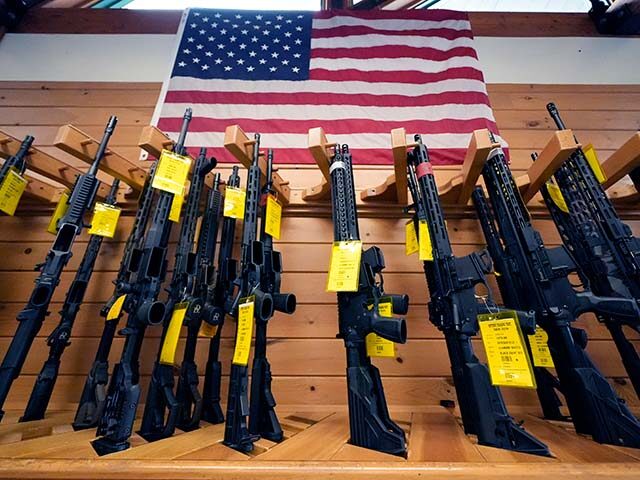Category: Anti Civil Rights ideas & “Friends”

New Mexico Democrat lawmakers are pushing a sweeping ban on commonly owned and legally purchased semiautomatic firearms.
The legislation is SB 279, a reboot of the legislation Gov. Michelle Lujan Grisham (D) wanted in 2023.
On December 13, 2023, Breitbart News reported that Grisham wanted legislation modeled after Sen. Mark Kelly’s (D-AZ) Gas-Operated Semiautomatic Firearms Exclusion (GOSAFE) Act. Although GOSAFE failed passage at the federal level, Grisham believes it can be secured by her fellow state-level Democrats.
The focus on gas operation allows Democrats to continue to target the AR-15 rifle without having to call the rifle by name. It also allows them to demonize gas operation as if it is some new, groundbreaking technology making firearms more lethal.
In reality, however, the focus on the AR-15’s gas operation comes some 66 years after the gun was designed to use spent gas from a shell casing to reset the bolt group and ready the gun for the next round. The rifle is still just a semiautomatic, firing one round per trigger pull just like a Glock or Smith & Wesson handgun, but the gas from a spent shell casing replaces recoil in working the action.
New Mexico’s SB 279 bears the identical title of Sen. Kelly’s failed federal bill, the Gas-Operated Semiautomatic Firearms Exclusion Act.
AWR Hawkins is an award-winning Second Amendment columnist for Breitbart News and the writer/curator of Down Range with AWR Hawkins, a weekly newsletter focused on all things Second Amendment, also for Breitbart News. He is the political analyst for Armed American Radio, a member of Gun Owners of America, a Pulsar Night Vision pro-staffer, and the director of global marketing for Lone Star Hunts. He was a Visiting Fellow at the Russell Kirk Center for Cultural Renewal in 2010 and has a Ph.D. in Military History. Follow him on Instagram: @awr_hawkins. You can sign up to get Down Range at breitbart.com/downrange. Reach him directly: awrhawkins@breitbart.com

Why does this sound familiar to this old History Major?